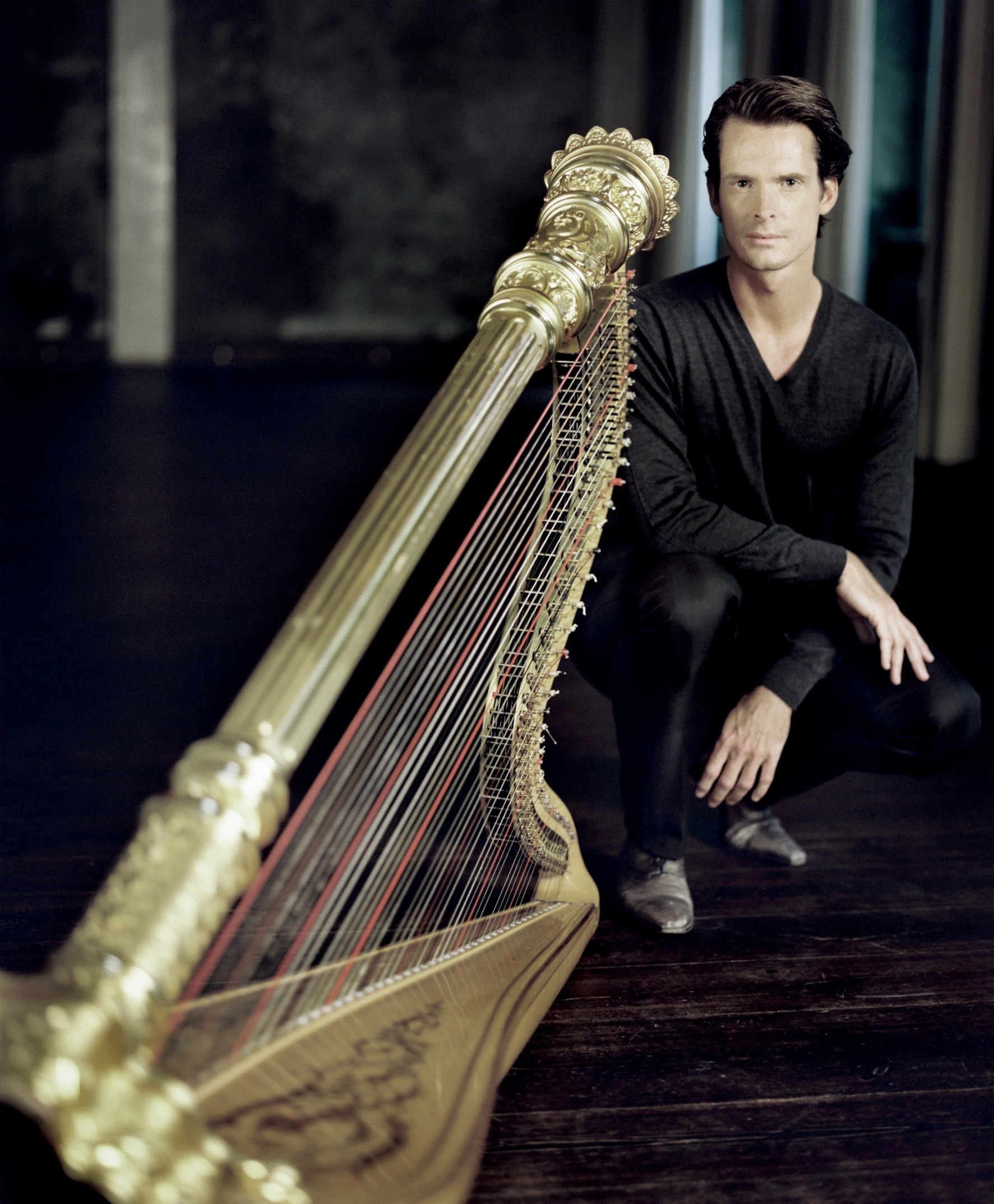
Xavier de Maistre
Credit: http://www.solea-management.com/
Many of us will be familiar with Smetana’s Ma Vlast, in particular Vltava, the tone poem that depicts the river of the same name trickling from a spring until it crashes triumphantly into the river Elbe. Along the way, the river flows past a peasant wedding, then into the forest, where we encounter water nymphs frolicking in the moonlight. How does he depict these? Harp and flute, of course. If you had to paint a musical picture of ethereal spirits, we’re hardly going to trot out the tuba, are we?
It seems unfortunate that one of the strongest links I can find between classical music and popular culture is their musical stereotyping. TV’s been playing this trick for years – just think of all the ‘masculine’ and ‘feminine’ sounds that exist in cartoons: gentle harp glissandi to accompany a character’s death; plodding tuba lines for the overweight man. The harp in particular has suffered more than any other instrument. A 2008 study in British primary schools showed that boys were afraid to learn the flute and harp – instruments perceived to be ‘girly’ – for risk of bullying. (See the original article here.) The assumption that low, loud instruments are more suitable for boys creates a clear divide fed by these instruments’ depictions in mass media.
And this doesn’t just happen in schools. The other day I read an article on the journey of Abbie Conant, a trombonist who entered into a 13-year legal battle with the City of Munich over shocking levels of sexism in the Munich Philharmonic, something that amounted to little more than the argument: ‘Women can’t play the trombone because they’re not men’.
The very opening bars of Rimsky Korsakov’s Scheherazade set up the opposition of the sultan – dominated by trombones, tuba, and double bass – and Scheherazade herself – a solo violin with strummed harp accompaniment. Is it Rimsky-Korsakov’s fault that we perceive these instruments as male and female? Of course not. No doubt he was drawing on pre-existing beliefs to create a musical image that we instantly recognise.

Alison Balsom
Credit: http://media.tokafi.com/
There are people out there who break the mould. Alison Balsom and James Galway enjoy thriving solo careers. But how unfortunate it is that such a mould exists in the first place. During my time at university I was astounded to read the word ‘feminine’ applied to Schubert’s music in a derogatory way, in a similar way the concepts of ‘masculine’ and ‘feminine’ cadences were commonplace (the masculine, of course, being the more harmonically ‘strong’). Thankfully, things are changing – albeit slowly: last year, Marin Alsop became the first ever woman to conduct the Last Night of Proms; Judith Weir is now the first female Master of the Queen’s Music.
Can we put the blame on someone if they hear a harp and think of a woman? I believe not. Where this energy needs to be channeled is in changing assumptions. Society may have programmed us to assign certain genders to certain instruments, but that doesn’t mean we can’t change. We may not be responsible for the creation of such stereotypes, but it’s up to us to be aware of them and do something about it.

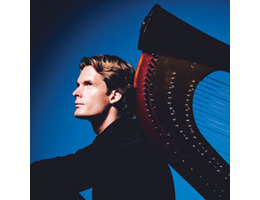

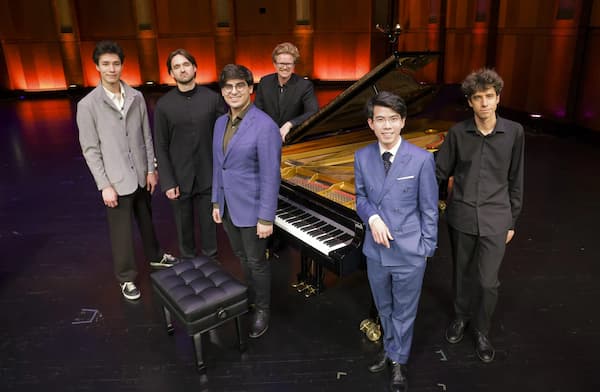
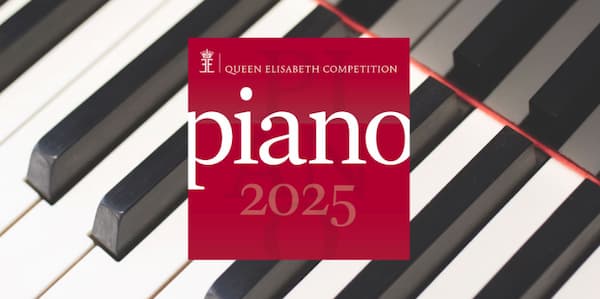
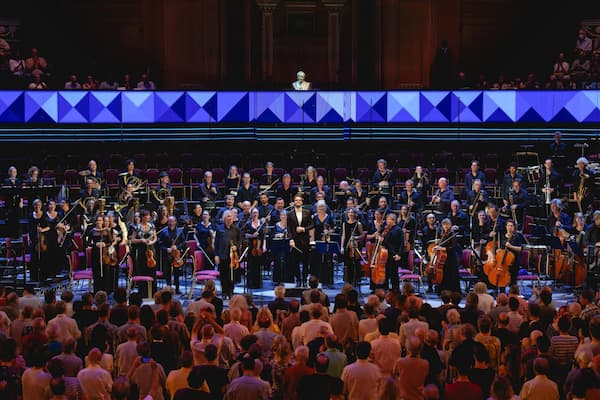
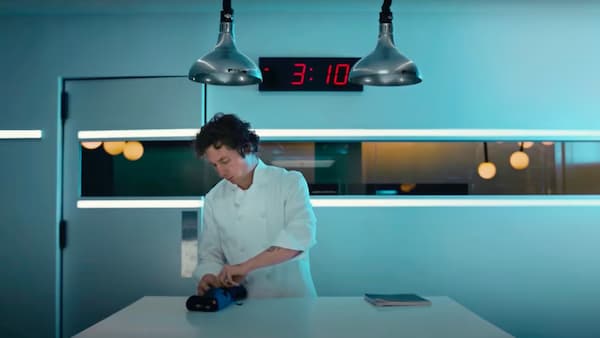
You make a good point, but still, the vast majority of harpists I’ve known were male, aside from the Allen sisters and three other female harpists in NYC.
The author seems to think the history of the harp began with Marie Antoinette. It’s as if Apollo and Orpheus, King David, medieval troubadours, Welsh laws forbidding women even to touch harps, and that minstrel boy going off to war armed with his father’s sword and wild harp never existed. Gender bias in the classical music world is indeed an issue that needs to be addressed; however, an article using the harp as an example of how and why gender assumptions change would be much more valuable.
Really. Men speak and mostly sing at lower pitches than women. Surely our desire for lack of gender bias cannot be so overwhelming that we can’t accept that low sounds probably depict men better for that simple reason? Men and women are different. So what? I feel that harping (pun intended) on issues about the genuine distinctions between men and women does not at all strengthen the argument against gender bias. The real argument about gender bias is this: Men and women, being distinct and different, ought to be judged on their skill and not their gender when it comes to their art. A man and a woman of equal or comparative skill in an orchestral audition ought to be treated the same and they are not, because of the bias. A male flautist ought to be taken as seriously as a female flautist; a female trombonist ought to get a fair chance against her male compatriots. Men and women are different and those differences ought to be embraced but equally valued.
Here here.